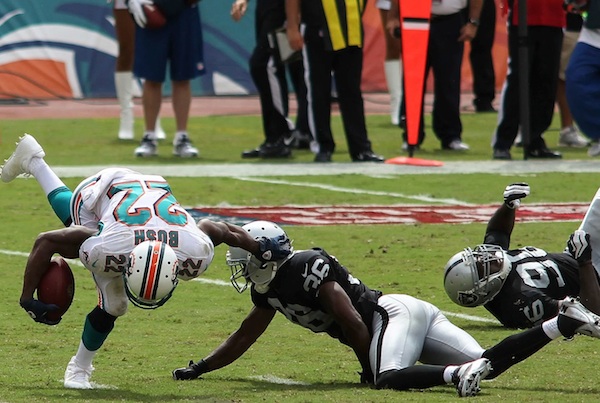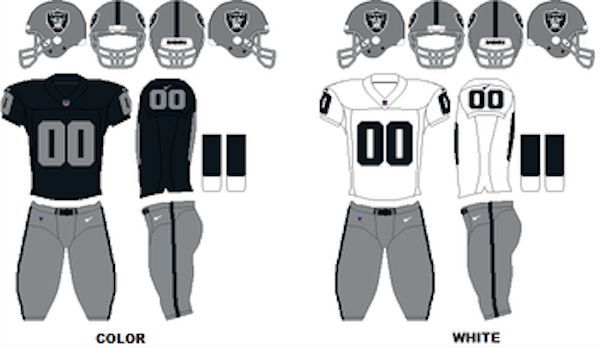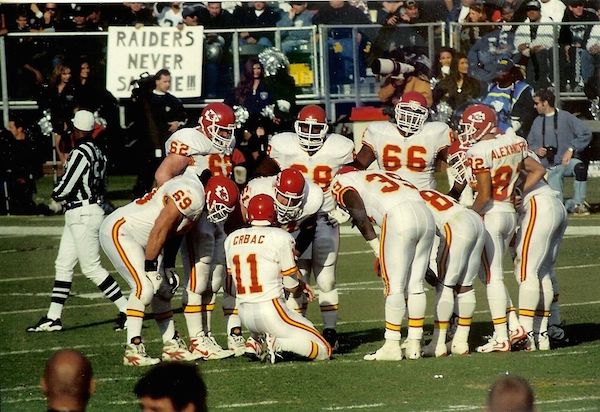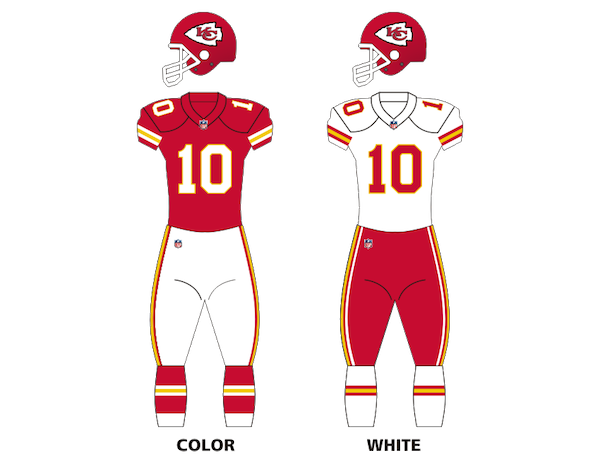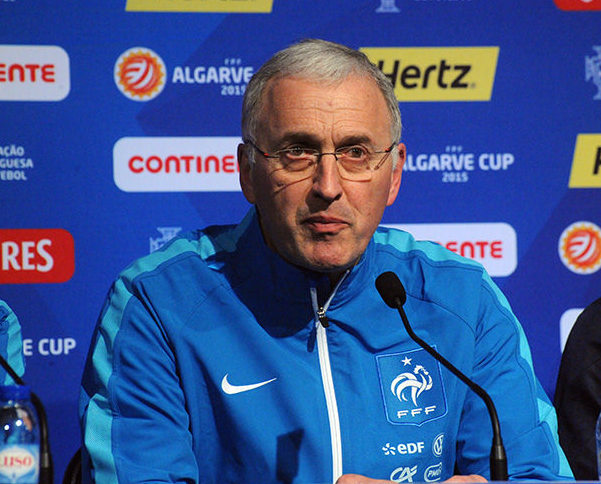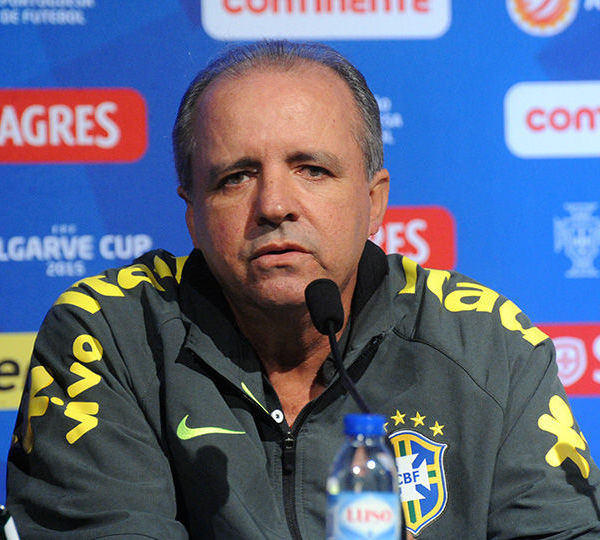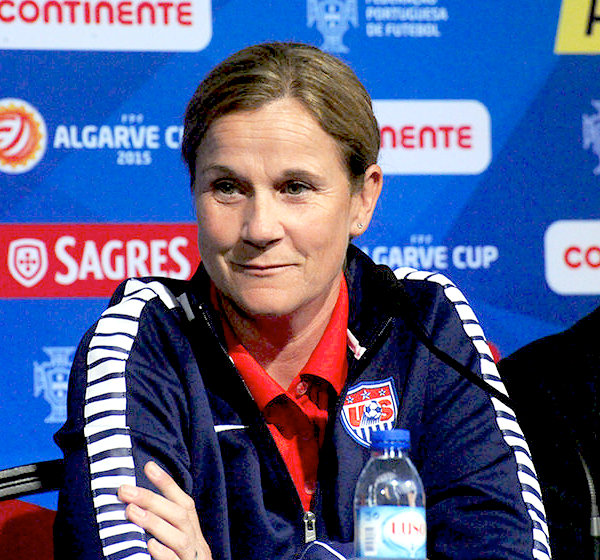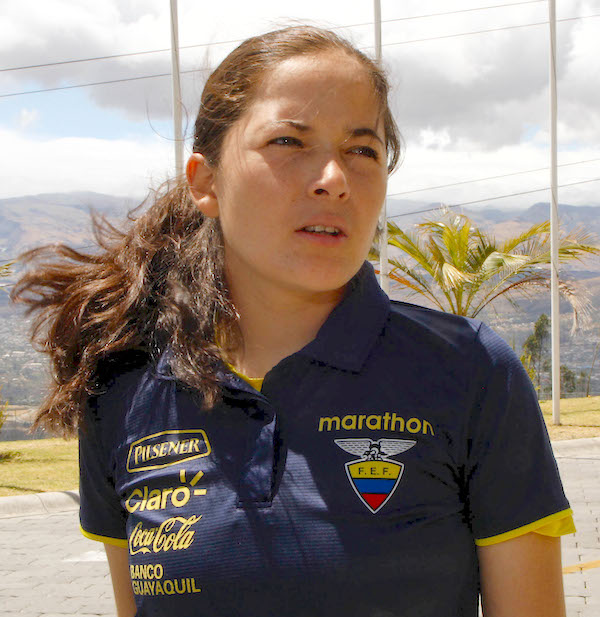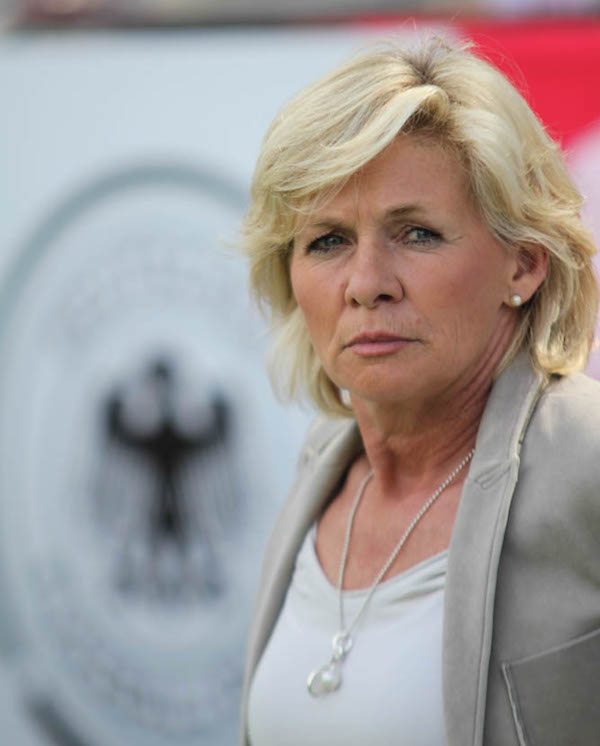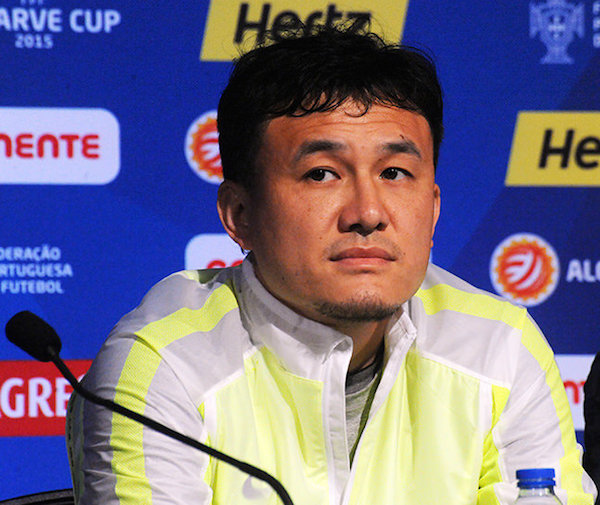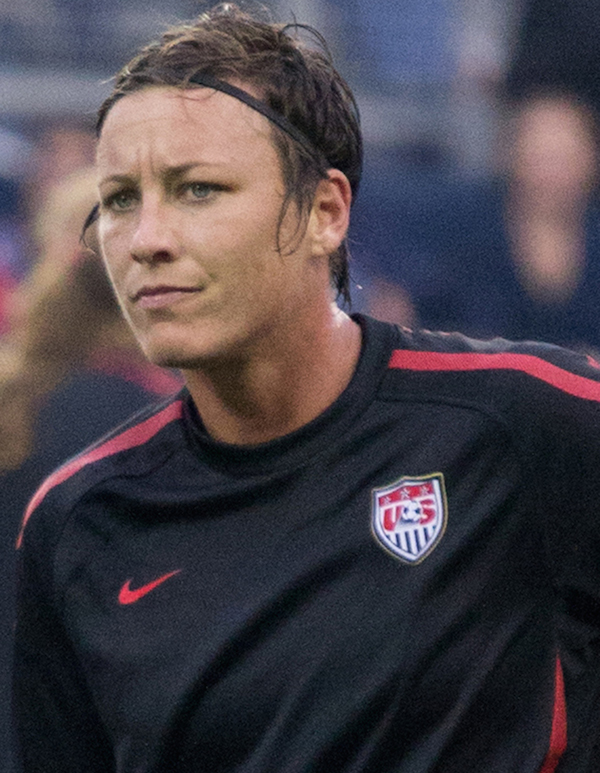One of the most disconcerting aspects of traveling to a country whose language you don’t know is how the most commonplace things become indecipherable. Ask a stranger for directions and she may think to explain tricky vocabulary but she’ll almost never think to describe whether the place she just referred to is a city, train station, library, cafe, or all of the above. The same is true for sports natives. A thoughtful sports fan should be willing and able to explain a rule, but he’ll almost never think of explaining who a particular team is, what sport they play, or the team’s history and characteristics. In this series, we’ll do just that — describe what is unique about each sports team.
Denver Broncos – the basics
- Sport – Football
- League – National Football League (NFL)
- Conference – American Football Conference (AFC)
- Division – AFC West
- History – Despite winning the first game in AFC history, Denver Broncos history can be divided neatly into two halves: the first being wildly unsuccessful and the second being largely successful. The Broncos were founded in 1960 but didn’t have a winning season until 1973 and didn’t make the playoffs for the first time until 1977. Since 1975 the Broncos have won more than they have lost in all but six seasons.
- Championships – The Broncos have won two championships, in consecutive years in 1997 and 1998. In ’97 they beat the Green Bay Packers 31-24 and a year later they beat the Atlanta Falcons 34-19.
- Rivals – Kansas City Chiefs and Oakland Raiders
By now, the Denver Broncos have shed their reputation as one of the winning-less teams in football to all but the most past-oriented football fans. Their sustained success throughout the 1980s, 90s, 2000s, have washed the slate clean. What’s left is a powerhouse but not a dynastic franchise. They’re often among the best teams but they rarely seem to win the Super Bowl. Like all sports teams in Denver, the Broncos benefit from playing their home games at an elevation of around a mile above sea level. This gives the Broncos players, who are accustomed to exertion at high altitude, an advantage over their opponents who can often be seen gasping for breath. An additional effect for football is that balls can be kicked much further than in other stadiums. The NFL record for field goal distance — 64 yards — was set by Broncos kicker Matt Prater in 2013. He surpassed four kicks of 63 yards, two of which were also set in Denver’s Mile High stadium. Although people often associate Colorado with snow, Denver is one of the sunniest cities in the country and the weather for football games is often quite good, even late in the season.
Here is the their winning percentage in each season since their inception:
Who are some notable players or figures from the Denver Broncos?
John Elway is the most prominent person in Denver Broncos history. Coming out of Stanford University in 1983, he was the consensus number one draft pick in that year’s draft. The only problem was, that pick was held by the Baltimore Colts (who eventually moved to Indianapolis) and Elway was determined not to play there. It’s rare for a player to have any say in where he plays but because Elway was also a highly regarded baseball player who had been drafted by the New York Yankees in the second round of the 1981 Major League Baseball draft, Elway had some bargaining power. The Colts drafted him anyway but he was eventually successful in forcing a trade to the Denver Broncos, one of his several preferred destinations, before the season began. He played for the Broncos for his entire 16-year record setting career. A dual threat at quarterback, Elway could run and pass, but despite taking his team to the Super Bowl three times in his first 14 seasons, entering the 1997 season he was a 37 year-old who had never won a championship. Who knows how his career would have been remembered if the Broncos had not won two straight Super Bowls before Elway retired? As it stands, he’s remembered as one of the greatest ever to play the position and one of the few who got the storybook ending of retiring directly after a Super Bowl win. In 2011, a little more than a decade after retiring, Elway rejoined the Broncos as an executive. He quickly became the de-facto most important person in the organization, making all important personnel decisions for the team.
Floyd Little was the Broncos one shining light during their dark period. A running back and kick returner, Little played for the Broncos for nine years from 1967 to 1975 and was team captain for all nine years. Known simply as “the franchise,” his nickname may have a larger grain of truth in it than most. In the team’s Wikipedia entry, Little receives credit for being “instrumental in keeping the team in Denver.” He was elected into the NFL Hall of Fame in 2010.
Where do the Denver Broncos play?
The blind date test
Imagine you’re about to go on a blind date and all you know about the person is that he or she is a Denver Broncos fan. Here’s what you can guess about that person. Remember that all fans are unique. We bear no responsibility for any misunderstandings we engender. Trust but verify.
The Broncos fan is supremely passionate without quite reaching the levels of insanity that fans of other football teams sometimes reach. Maybe it’s the weather, which is 70° and sunny one minute and 25° and snowing the next, that suggests that success and failure are both profoundly temporary. Maybe it’s the Colorado culture which emphasizes getting outside and biking, skiing, hiking, or mountain climbing yourself more than watching other people sweat that makes what happens on the field just one iota less important. Or maybe it’s the marijuana laws… who knows? This quality doesn’t make them bad fans, and it certainly won’t hurt your chances of having a positive first date.
What will make a Denver Broncos fan squirm?
The easiest way is probably to talk about how much the consistently snowy winter weather effects their team. As we know, this isn’t the case in Denver! Another good way would be to slight John Elway in some way. That man is a god to Denver Broncos fans!
Buy Denver Broncos Swag!
What do the Denver Broncos look like?
Team colors are orange, navy, and white. Their current uniforms look like this.
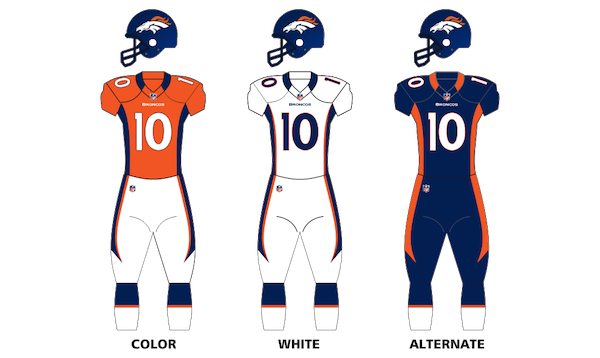
Current and recent teams
Coming soon — a post about the 2015 Denver Broncos including an overview of their most interesting characters as well as what fans expect from the team this year.


